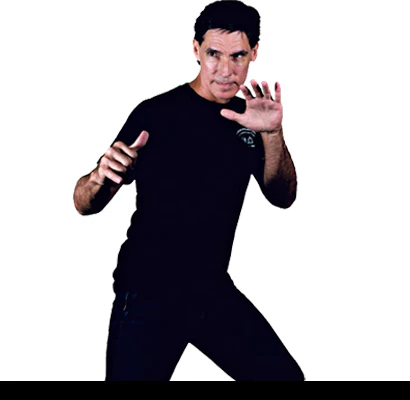Solo Training
The secret to proficiency in any endeavor is to practice consistently and correctly over a long period of time. We martial arts know this well. Only those practitioners who follow this natural law of improvement reach the highest levels in the arts. To practice correctly, you need good instruction. To practice consistently, a dedicated training partner is invaluable. This is also one of the hardest things to find. Your schedules must match up, you must share the same drive toward perfection, you have to live near one another, and it helps to be about the same size. You should also have a good training rapport and be interested in developing in the same areas of the martial arts. These factors and more lead many down the path toward solo training; practicing alone. There are obvious disadvantages to training by yourself. You don’t get to interact with the energy of a live human being. It is easier to get bored. You don’t have someone there to motivate you when you are feeling a little sluggish. Nonetheless, solo training is crucial to the martial artist. There are many ways to get around these drawbacks and zoom down that road of constant and never-ending improvement. First, you should make a schedule that you promise to follow. If you had a partner to work with, you would have to set dates and times to train. Do the same with yourself so that your workouts are done on a regular basis. Use music to keep you upbeat. Play something that will really get you in the mood for the training at hand. Your training will progress faster and you will do it more often. It is a good idea to vary your training to avoid boredom. This will keep your workouts fresh and interesting. Better yet, train yourself to really enjoy the repetition of the most basic of movements. I love to practice, and I find great joy in performing fundamentals over and over again. I will never get that jab to be absolutely perfect, but each jab thrown with a concentrated effort to improve takes me nearer to that goal. If I am moving toward perfection then I am happy. Cultivate this attitude and you will have a great time working the basics. Remember, the basics are the most important part of you training, for without a good foundation you can only build your house so high. Now that you are ready to train solo, let’s look at some different things that you can do to get the most out of each session. When training solo you are either going to practice in the air or on a piece of equipment. As you train alone, you will either do a set pattern, or you will do spontaneous movements that we often refer to as shadowboxing. You should also train standing up, on the ground, and with various weapon combinations both standing or on the ground. Working in all the ranges and in different environments will give you a complete sense of the arts. Your standing fighting can be practiced slowly, as in tai chi chuan or pentjak silat dance, or very fast as when applying these arts or others. Regardless of whether you train in shotokan karate or muay Thai, fast practice is essential and is often performed solo in the air. This can be a set pattern or you can just let yourself go and see what happens. Some people will say that kickboxing has no set patterns to follow, but if you jab, cross, hook, rear roundhouse kick over and over, then you are practicing a set pattern. Training in this manner is very important to ingrain the art into your being.Leave a comment
Comments will be approved before showing up.
